Pigs have become one of my favorite animals to interact with. Having a properly sized pen is crucial to clean, happy, healthy pigs.
Pigs over 100 pounds should have about 250 square feet, or 16×16 each. Pigs under 100 pounds should have 60 square feet, or 8×8 each. Pens should be large enough for the pigs to move about and have a mostly clean pen. It should also have enough room for you to safely go in and clean it out.
I’m a big proponent of practicality, cleanliness, and animal well-being on the farm. These recommendations come from experience and successes that we have seen.
How Big of a Pig Pen Do I Need?
A small pig pen will quickly become a manure pit full of harmful anaerobic bacteria, giving off a putrid smell that seeps into your clothes and pores. Small pig pens greatly increase your chances of directly contracting a bacterial disease, and butchered meat being contaminated.
My boar pen is about 20×40. It’s plenty big, especially considering I have small-breed pigs. It would take two months before it starts getting dirty and in need of cleaning out, but I like to scoop the manure about once a week. A pen this size would handle two larger hogs up to butcher age, 6 to 9 months.
Currently, we raise small pigs. I started with bigger ones but had some issues with a stubborn 400-pound boar. I don’t want to deal with that again. We chose heritage Potbelly pigs as a smaller variety meat hog. They’re easier to contain and manage.
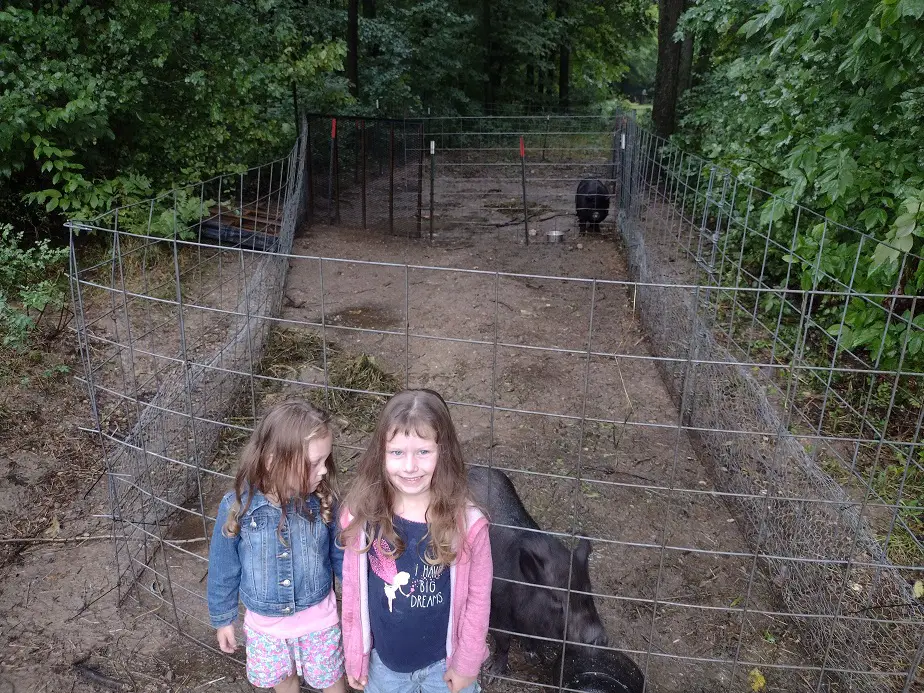
My sow pen is about 10X20. She’s smaller and doesn’t eat as much (less manure) so she is alright in a smaller pen. This is the smallest pen I’d like to go with a single commercial breed hog. You really need space so it doesn’t fill up with manure too quickly and so the pig has plenty of room to wander around.
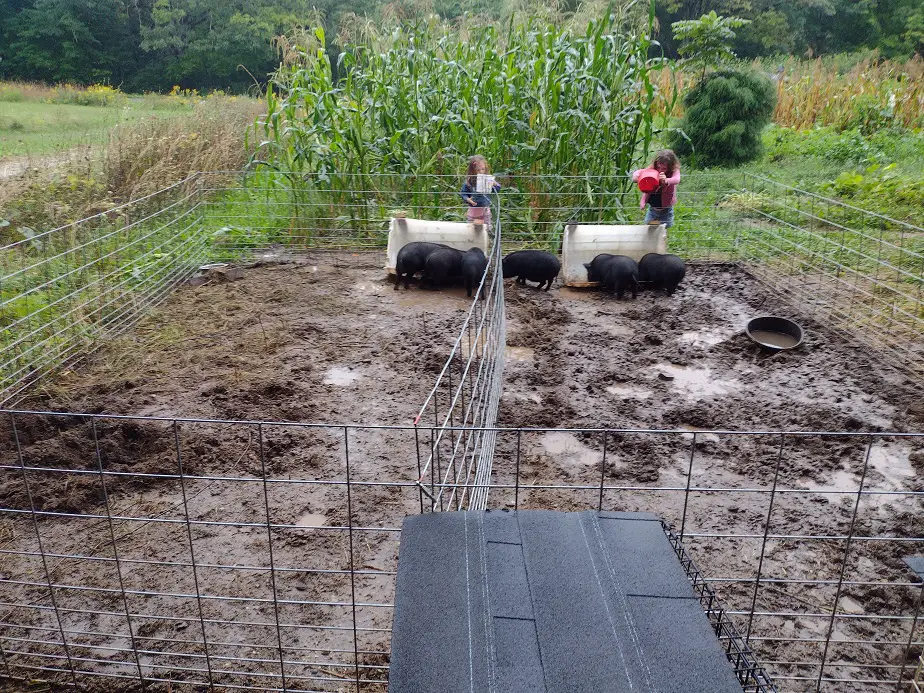
My 7 piglets (almost 20 pounds) are out in a 16×16 which is suitable for them right now. I just split it up male/female. Soon, they will need a second pen. If they aren’t able to go about without walking in manure, you need to clean the pen more often, make it bigger, or both.
Our pig pens were just moved from the woods where they were all spring and summer. Now that the heat is over, They’re going into the sunny locations to build up the soil. I still need to move their shelters to the new location, but they are happy for now.
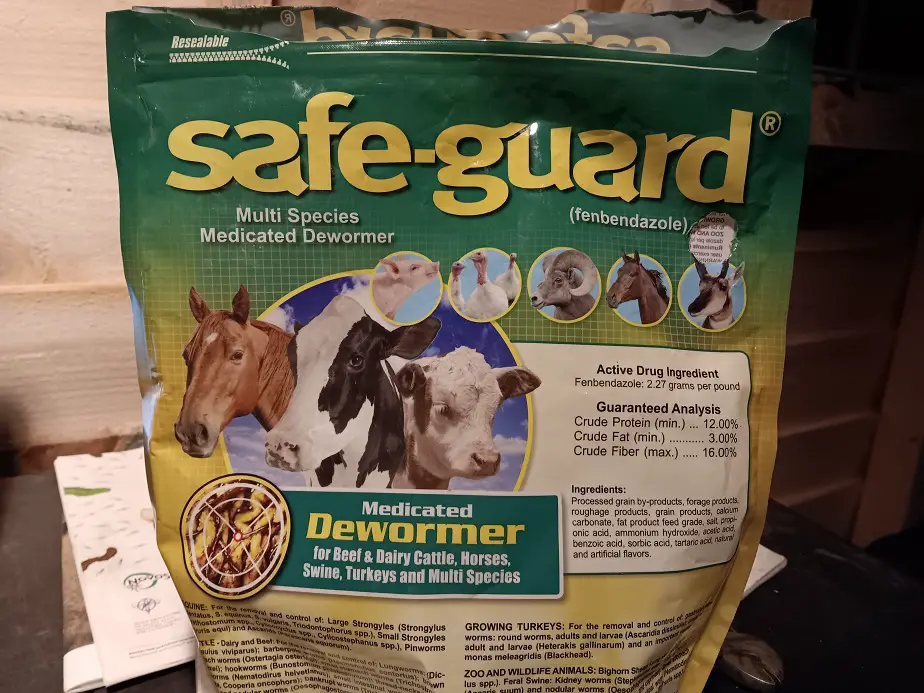
One thing you need for pigs, no matter your raising system, is a parasitic worm treatment. The best swine dewormer is Fenbendazole. It’s known by the brand name Safeguard. Safeguard is available as a medicated corn/alfalfa pellet. It’s the only way I can worm my pigs since they won’t stand still for an injection of Ivermectin. It’s easy and cheap.
- There is a stronger pellet for swine only. Here it is on Amazon
- There is a weaker pellet for general barnyard livestock, including swine. Here it is on Amazon.
I use the multi-species version because it’s what’s available in my local store and I can use it for my chickens too. It’s the most effective swine wormer and the easiest to administer. I use it on all weaned piglets and adults twice a year. Don’t go without it.
Small pens, if made lightweight, can be moved to clean areas if you have room. That will prevent what I call Pig Swamp Syndrome. Too much manure and urine can build up in the soil, causing a foul-smelling, permanently swampy soil condition that will be contaminated up to 6 months after the pigs are gone.
And the smell, oh gosh. I picked up a boar from a place that had a breeding pair and a litter of 10 piglets in a 20×20 pen. They had been there for a year and the pen had never been cleaned or had the chance to dry out. That boar had such a stench, my girls named him Mr. Stinky. He still stank 2 months later.
I remember attending the farmer’s breakfast in Moline, MI when I was 16. An old farmer walked by with a stench that almost hurt my eyes. Farmer Dennis told me, “He’s a pig farmer. They all smell like that”. Let me tell you, my pigs don’t stink. I just had a conversation with a friend about getting into pigs.
We spent two hours hanging by my pig pens and finally, he mentioned how surprised he was that my pigpens don’t stink. A nasty pig pen is an unhealthy one. Farming and homesteading should be pleasant.
I think we owe it to ourselves, our animals, and to our creator to do our very best to maintain a clean, wholesome, and healthy agricultural environment. Overcrowding pig pens will result in more filth, stink, and disease.
How to Keep A Pig Pen Clean
A basic pig pen can be cleaned with a shovel and a bucket. Just go in and scoop up the manure. It’s usually deposited in one area of the pen. If not, it’s usually a sign that either the pen is too small or needs more frequent cleaning.
We usually use a large flat shovel and a garden rake and put it in buckets or a wheelbarrow. If the soil is getting mucky, you may want to either dig out the soil to expose cleaner soil beneath or move the pen over. I like the second option. By moving to clean soil, you’re allowing the soil to return to normal.
Fresh pig manure shouldn’t be put in a garden with low-growing produce. I either add it to my compost pile or put it in my corn patch. It’s safe to use on corn, just spread it out well. Still, I like moving my pig pens regularly to clean areas of pasture.
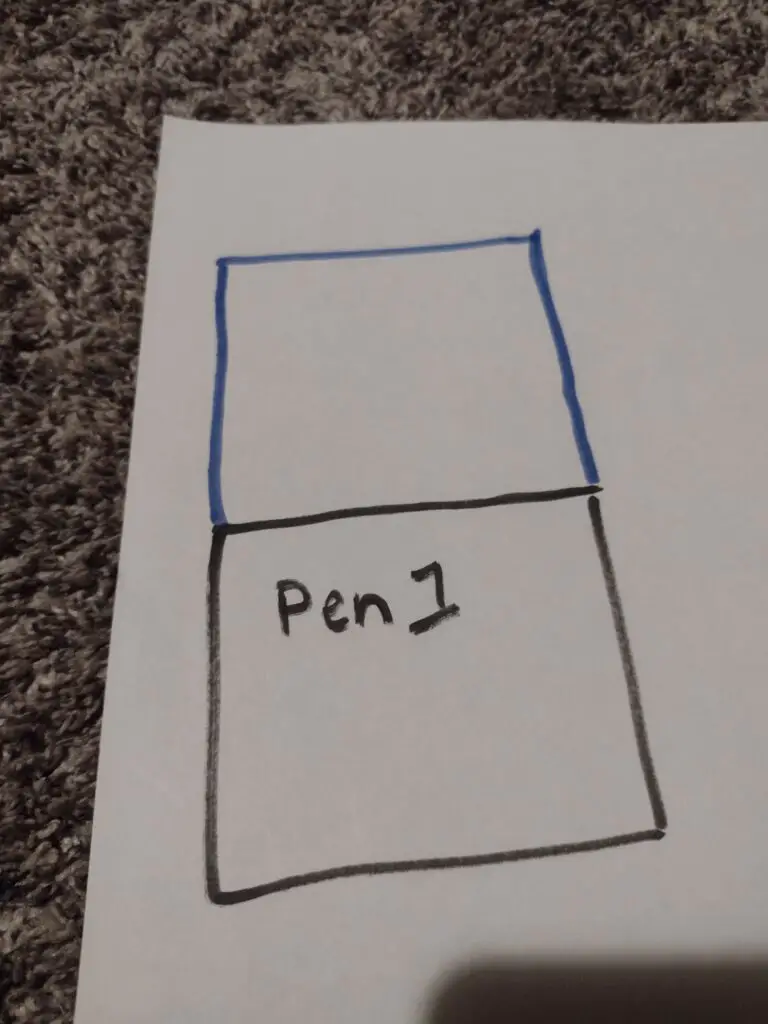
Setup for a Moveable Pig Pen
I use livestock panels and T-posts for my pig pens. That way They’re quite mobile and can be moved around. With 7 hog panels, 8 to 16 t-posts, and a 32-foot square of land, you can very easily rotate the pen around every week or two and it won’t have a chance to make a nasty pig pen swamp. Here’s how.
7 panels make two squares. The pigs go in pen 1 for no more than 16 days, then the middle is opened up and the feed trough is moved over and then filled. The pigs will happily go into pen 2. Close it off, then resituate the three unneeded panels from pen 1 to make pen 3. In no more than 16 days, put the pigs into pen 3 and use the three extra panels to make pen 4.
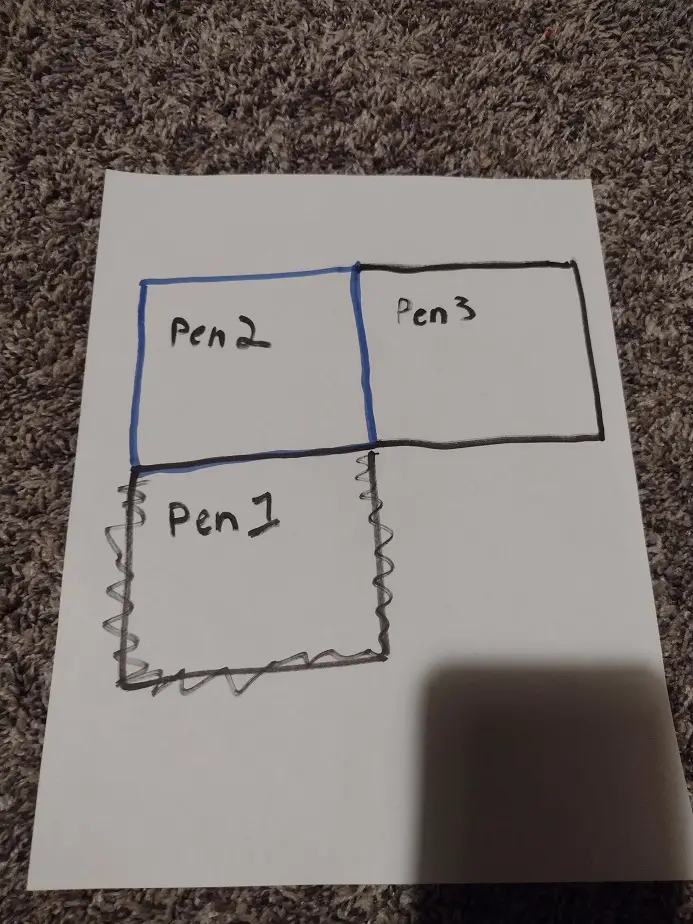
Keep rotating in this square, grid pattern. Or, you could simply keep running this pen in a line through a pasture area. It’s a very flexible method.
One of the most important functions of rotating pens is reducing and even eliminating problems with worms and other parasites. Soil should have a minimum of 16 days without animals and pigs should be in one spot no more than about 16 days to avoid a worm infestation in the soil.
Using the grid method above, I like 2 weeks in each pen. That allows a good amount of time for the pens to dry up and worms to die off before pigs go back on that dirt. Again, 16 days without animals is considered the minimum for that. This method gives almost a month without animals.
For pigs under 150 pounds, use at least one t-post per panel and attach them with a stiff wire. I prefer a 10-gauge or 12-gauge wire for that and attach it tightly twice near the bottom and again near the top of the panel. The panel corners can be wired together, or attached with steel clips or steel carabineers.
Bigger pigs need more posts. If you use t-posts, be sure to put at least one every 8-feet. Most would be fine with that, but some pigs just have an attitude to break fences and get out. That’s the issue with big pigs in a pig pen. If you build it really stout, you can no longer move it.
Electric fencing is a great option to contain pigs of all sizes. Once they’ve been trained on it in a pen with hard boundaries, it contains big pigs better than anything else. With a heavy electric rope or netting, you can still haver a moveable setup that will hold big pigs.
To move the panels, you can untwist or clip off the wire, and dig up the t-posts. If you dig up one side most of the way down, you can pull the post sideways and it will be loose enough to pull out. If you really wanted to avoid that setup and takedown, you could just have the 4 pens set up at all times.
That would take 12 panels and 12 to 24 t-posts. Then, you could just move them between the 4 different pens in one or two minutes.
Here’s a list with links to recommended things to make a pig pen
You may also want
Have any questions, ask in the comment section below.
Related Articles:

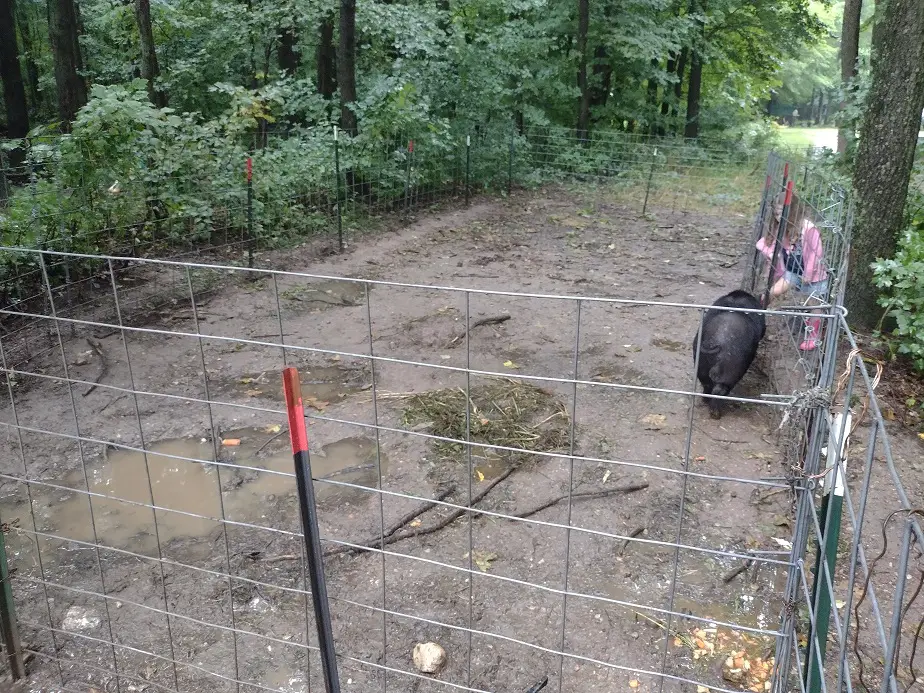
Great article. I’m going through a few of these issues as well..
I truly appreciate this blog article.Really thank you! Great.
excellent issues altogether, you simply gained a emblem new reader. What could you recommend about your publish that you simply made a few days in the past? Any certain?
Enjoyed every bit of your article post.Really thank you! Will read on…
Cool, thanks. I’m writing a new article about pig pens this morning. Should be able to publish it tomorrow.